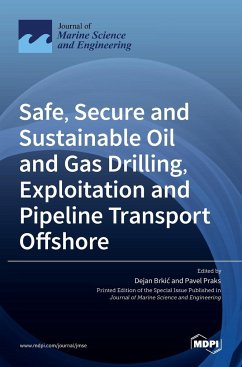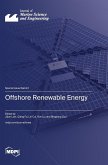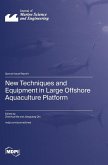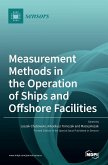Immediately after the Deepwater Horizon oil spill occurred in the Gulf of Mexico on 20 April 2010 in the United States waters on the Macondo prospect about 60 km offshore the Texas coast, numerous worldwide efforts took place to increase the overall safety level related to offshore oil and gas operations. These have continued until today, with relevant changes and improvements in the offshore oil and gas sector mostly focusing on: 1) regulations and regulatory authorities; 2) working groups and industrial associations; 3) safety technologies, focusing especially on the most relevant developments that have been introduced, particularly with respect to well integrity, blow out preventers (BOPs), and capping and containment devices; 4) technical and operational standards; 5) risk management practices, especially concerning the management of human and organizational factors, which greatly contribute to the occurrence of major accidents in the offshore oil and gas sector. This book is not focused only on safety in offshore oil and gas operations, but all onshore efforts are also acknowledged. All methods, computational procedures, innovations, and technologies, which can increase the production rate, safety of pipelines, usability, and efficiency, are within the scope of this book. So are all aspects related to the production of oil and gas and drilling, both offshore and onshore, as well as those related to an increased degree of utilization and efficiency of drilling, all safety aspects, and all aspects of security of supply. Contributions from academia, standardization and regulatory bodies, manufacturers of equipment, service and exploitation companies, and from all other types of industry were welcome.
Hinweis: Dieser Artikel kann nur an eine deutsche Lieferadresse ausgeliefert werden.
Hinweis: Dieser Artikel kann nur an eine deutsche Lieferadresse ausgeliefert werden.








